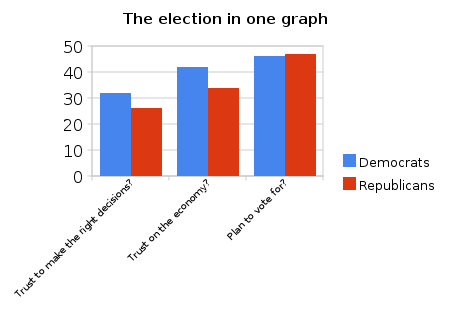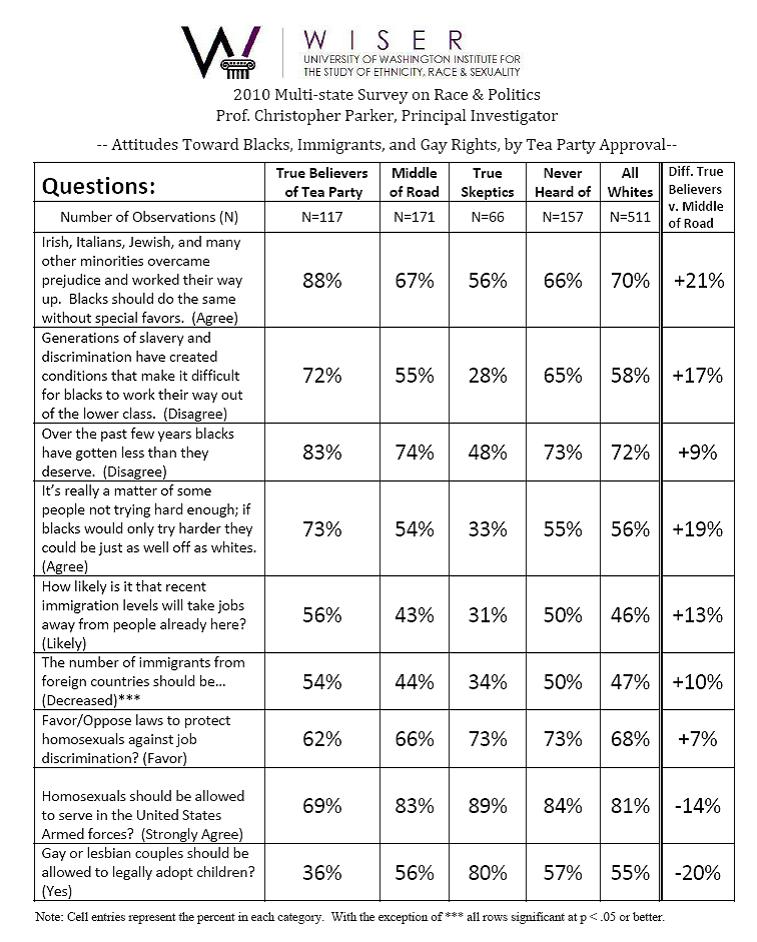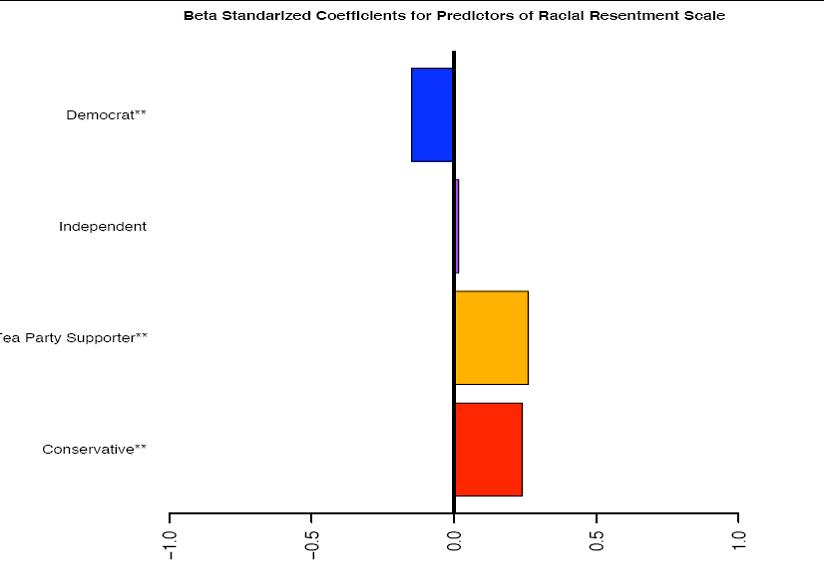Today’s Washington Post contains a fascinating – and sobering look at the sprawling national intelligence community that has mushroomed in the wake of 9-11. For long time readers of this blog, the article will sound familiar themes, since it largely supports my analysis of the failures of the the post 9-11 reforms – including the creation of a new super-coordinating office of national intelligence headed by a director of national intelligence (DNI) – to solve the problems that allowed the 9-11 attacks to occur. Indeed, these reforms may have exacerbated the problem, and in perfectly foreseeable ways.
Recall that analysts blamed 9-11 on the failure of law enforcement and intelligence agencies to share information that would have enabled them to “connect the dots” to reveal the plan to hijack planes and fly them into the World Trade Center, the Pentagon and, in all likelihood, the Capitol. The DNI was established to prevent a recurrence of that bureaucratic failure. The idea was to create one central coordinating office whose job would be to overcome the jurisdictional boundaries and turf wars that prevented law enforcement and intelligence agencies from sharing information. In fact, the DNI has failed to accomplish this mission; rather than break down information barriers, it has established still another bureaucratic layer through which information must flow before it is analyzed and acted upon. The result, as I wrote in my analysis of the failed Christmas Day crotch-bombing, has been to slow intelligence analysis and delay the ability of agencies to react to that intelligence. Rather than connecting dots, the organizational reforms have simply created more dots that need connecting.
As evidence, here’s what the WaPo story says about the crotch-bombing incident which I discussed in some detail in previous posts:
“Last fall, after eight years of growth and hirings, the enterprise was at full throttle when word emerged that something was seriously amiss inside Yemen. In response, President Obama signed an order sending dozens of secret commandos to that country to target and kill the leaders of an al-Qaeda affiliate. In Yemen, the commandos set up a joint operations center packed with hard drives, forensic kits and communications gear. They exchanged thousands of intercepts, agent reports, photographic evidence and real-time video surveillance with dozens of top-secret organizations in the United States.
That was the system as it was intended. But when the information reached the National Counterterrorism Center in Washington for analysis [the NTCT reports directly to the DNI], it arrived buried within the 5,000 pieces of general terrorist-related data that are reviewed each day. Analysts had to switch from database to database, from hard drive to hard drive, from screen to screen, just to locate what might be interesting to study further.
As military operations in Yemen intensified and the chatter about a possible terrorist strike increased, the intelligence agencies ramped up their effort. The flood of information into the NCTC became a torrent.
Somewhere in that deluge was even more vital data. Partial names of someone in Yemen. A reference to a Nigerian radical who had gone to Yemen. A report of a father in Nigeria worried about a son who had become interested in radical teachings and had disappeared inside Yemen.
These were all clues to what would happen when a Nigerian named Umar Farouk Abdulmutallab left Yemen and eventually boarded a plane in Amsterdam bound for Detroit. But nobody put them together because, as officials would testify later, the system had gotten so big that the lines of responsibility had become hopelessly blurred. “There are so many people involved here,” NCTC Director Leiter told Congress.
“Everyone had the dots to connect,” DNI Blair explained to the lawmakers. “But I hadn’t made it clear exactly who had primary responsibility.”
And so Abdulmutallab was able to step aboard Northwest Airlines Flight 253. As it descended toward Detroit, he allegedly tried to ignite explosives hidden in his underwear. It wasn’t the very expensive, very large 9/11 enterprise that prevented disaster. It was a passenger who saw what he was doing and tackled him. “We didn’t follow up and prioritize the stream of intelligence,” White House counterterrorism adviser John O. Brennan explained afterward. “Because no one intelligence entity, or team or task force was assigned responsibility for doing that follow-up investigation.”
Blair acknowledged the problem. His solution: Create yet another team to run down every important lead. But he also told Congress he needed more money and more analysts to prevent another mistake.
More is often the solution proposed by the leaders of the 9/11 enterprise.”
My point here is not to pat myself on the back because WaPo came to the same conclusion as I did. Instead, it is to remind you that this is not an isolated incident, but in fact is a reflection of a more deep-seated problem with efforts to reform the intelligence bureaucracy in the wake of 9-11. The failure to anticipate the Christmas Day crotch-bombing, or the Fort Hood shooting, points to a larger problem, one that many of my political science colleagues who write about the presidency and the bureaucracy have failed to grasp. Without going too deeply into the details of what might strike some as an arcane academic dispute, there are some presidency scholars who believe the President is well situated to manage the federal bureaucracy. Through his control of budgeting, personnel appointments, and legislative and regulatory policy, they argue, the President possesses levers by which to make the bureaucracy respond to his policy preferences. Over time, they claim, presidents have used these tools to create a more presidency-friendly executive branch. A key reason they are able to do so, these scholars argue, is because presidents are unitary actors, whereas Congress suffers from significant collective action problems. The result is that in the struggle to control the executive branch, presidents have a built-in institutional advantage.
Without putting too fine a point on it, this analysis is, in my view, hopelessly naïve. The idea that the President is a “unitary actor” betrays a gross ignorance of the environment in which presidents operate, and of the process by which presidents make decisions. In most cases involving the bureaucracy, their “unilateral” choices are in fact based on options presented to them by other actors and institutions who rarely if ever share the president’s political or institutional perspective. The idea that presidents’ act “unilaterally” is true in only one respect: they are held responsible for the actions of the executive branch bureaucracy. But to assume they control that bureaucracy is – as Obama is discovering – pure fantasy. (Do you think Obama controlled the MMS – the agency that approved BP’s permit request to drill in the Gulf?)
The “levers” of control cited by these political scientists who believe presidents can manage the executive branch are of far less use to presidents than they appear to be on paper, in part because presidents don’t know what to do with them and in part because they are shared with other actors. The result is that the notion that the executive branch is a unified entity that responds to the commands of one man – the President – at the top is a gross and misleading simplification. I am currently working on a book project with Andy Rudalevige that develops these points in more detail and I’ll try to draw on that research in future posts to develop this argument.
But consider the post-9-11 reforms. At first glance, this seems striking evidence that presidents can control the bureaucracy. In this case, President Bush established a coordinating czar, the DNI, superimposed on the existing bureaucracy, who reports directly to the President. The President can appoint the DNI (with Senate approval), and – as Obama recently did – fire him. The reality, however, as Obama discovered and as the WaPo article documents, is that the DNI lacks the control over agency budgets and personnel necessary to fulfill this coordinating mission. Why does the DNI lack this coordinating authority? Largely because the agencies that were supposed to be coordinated used their political influence to make sure Congress prevented any real loss of autonomy when the DNI was established. On paper, then, it appears the President, through the creation of the DNI, has “presidentialized” the intelligence gathering process – the DNI’s office has exploded in size (it now numbers some 1,500) and has a huge budget. In fact, this growth masks a relative lack of authority – the intelligence bureaucracy is arguably less responsive to presidential control than it was before the reforms. Rather than “presidentialized”, the intelligence bureaucracy has effectively resisted reform – resistance largely due to Congressional support.
The failure to establish true coordinating authority centered in a DNI reporting directly to the President reveals a more fundamental problem – one that is at the heart of my research. I call it the paradox of politicization. Simply put, the more presidents try to politicize the administrative levers by which to move the executive branch bureaucracy – personnel appointments, budgeting, and legislative and regulatory clearance – the more they erode the administrative capacity of the very agencies they seek to control. In the long run – as Obama discovered with the crotch-bombing, or in the aftermath of the Gulf oil spill, when agencies fail to fulfill their mission, it is the president who suffers. In short, efforts to strengthen their control over the bureaucracy have weakened presidential authority – precisely the opposite result presidents hoped to achieve.
As part of my research, I recently talked to a former employee of the Bureau of the Budget who pointed out that at one time the BoB (now OMB) had a division of administrative management that was staffed with careerists who possessed a wealth of knowledge and expertise regarding executive branch functions and history. (For those who are interested, Andy and I have written (gated) about the creation of the BoB’s management division during FDR’s presidency.) During the last several decades, however, as presidents have layered the upper level of the OMB with political appointees, the administrative management functions have atrophied, in part because the careerists with the relevant expertise simply have less contact with the OMB director, to say nothing of the President. The former BoB official noted that during discussion to create the Department of Homeland Security, only one OMB official was involved, and he was largely a bystander in a process controlled by the White House’s political appointees. Today, he told me, there is no one in government with the expertise or knowledge to advise presidents about how to organize the executive branch. That institutional memory is simply gone, a victim of the politicization that so many political scientists mistakenly view as evidence of enhanced presidential control.
The study of bureaucracy is not a sexy topic. And the loss of administrative competence that I allude to here may strike some as a rather uninteresting topic, better suited for an academic journal than a popular blog. But it has real consequences for the effectiveness of government programs – and for the political fortunes of presidents who must deal with the misguided perceptions, created in part by political scientists, that presidents actually control the executive branch. The sooner we dismiss this misconception, the more quickly we can address the problems cited in today’s WaPo article.



